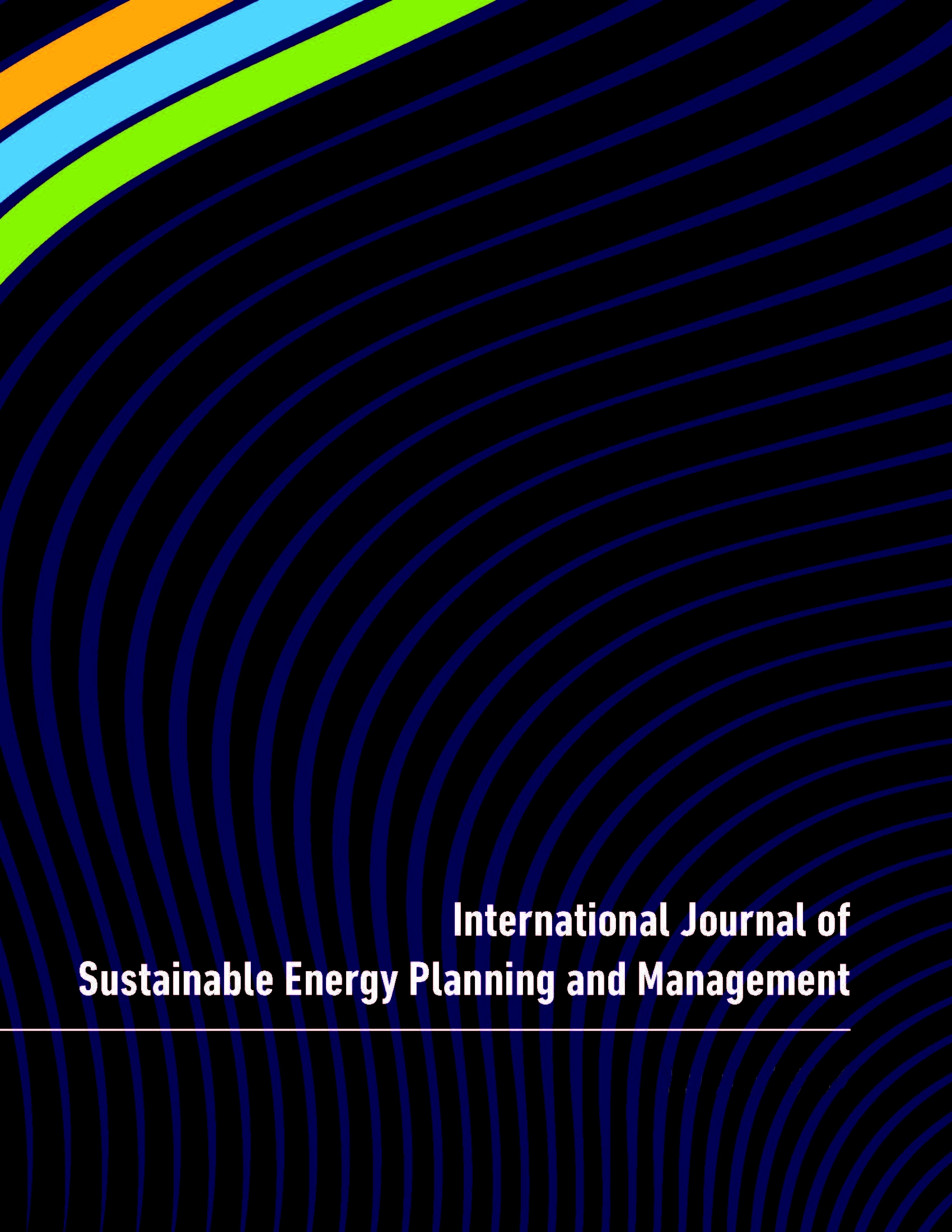A combined spatial and technological model for the planning of district energy systems
Main Article Content
Abstract
This paper describes a combined spatial and technological model for planning district energy systems. The model is formulated as a mixed integer linear program (MILP) and selects the optimal mix of technology types, sizes and fuels for local energy generation, combined with energy imports as required, and exports of any excess energy. The model can also be used to select the locations for the energy sources, the distribution route, and optionally, to select the heat loads that will be connected to a district energy system. The optimisation model combines a map-based spatial framework, describing the potential distribution network structure, with a flexible Resource Technology Network (RTN) representation which incorporates multiple heat sources. Scenarios can be formed for different price levels for delivered heat or electricity, combined heat and electricity demands, and different technologies and fuels for heat generation. Results for scenarios based on a synthesized test dataset are presented. The results illustrate how the model may be integrated within a map-based decision support tool for urban planners. The paper also introduces a system value metric to quantify the incremental impact of investments in the heat network.
Article Details
Articles published in International Journal of Sustainable Energy Planning and Management are following the license Creative Commons Attribution-NonCommercial-NoDerivs 3.0 Unported (CC BY-NC-ND 3.0)
Authors retain copyright and grant the journal right of first publication with the work simultaneously licensed under a Creative Commons Attribution License: Attribution - NonCommercial - NoDerivs (by-nc-nd). Further information about Creative Commons
Authors can archive post-print (final draft post-refereering) on personal websites or institutional repositories under these conditions:
- Publishers version cannot be stored elsewhere but on publishers homepage
- Published source must be acknowledged
- Must link to publisher version

